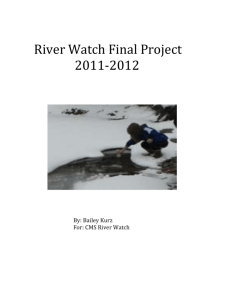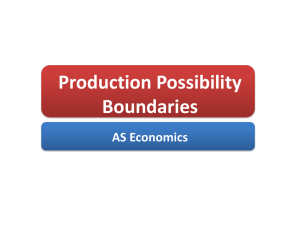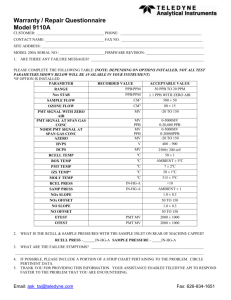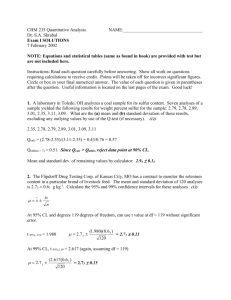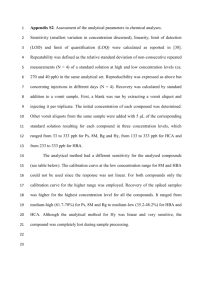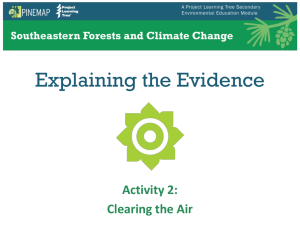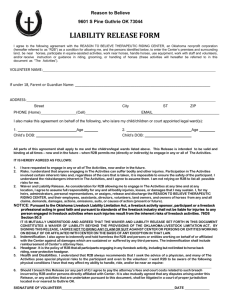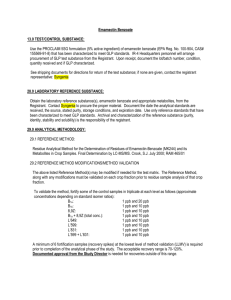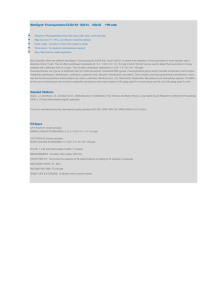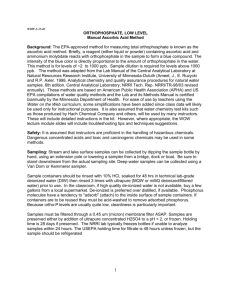File
advertisement
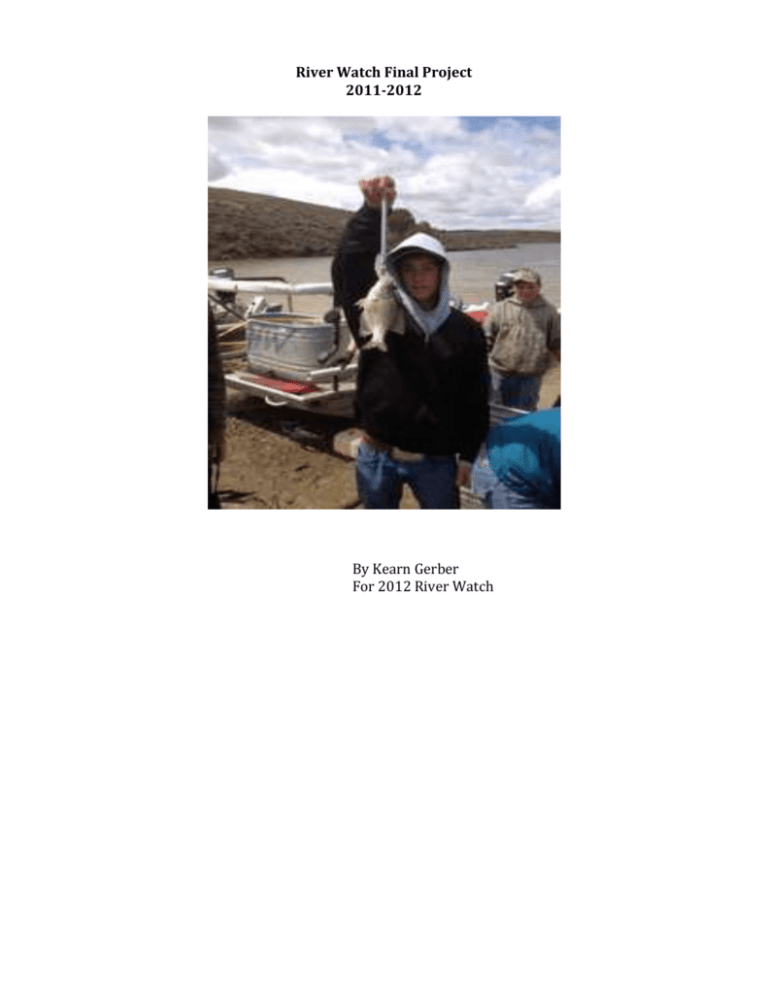
River Watch Final Project 2011-2012 By Kearn Gerber For 2012 River Watch Geology “The Yampa River is located in the Wyoming Basin Physiographic Province of the Rocky Mountains. Four major structural features, the Washakie Basin, the Park Range, the Unita Mountains, and the White River Plateau define the river basin. The headwaters begin in the Flat Tops and pass through a variety of unique features such as volcanic dikes; exposed Precambrian through Quaternary rocks; flowing into the wide alluvial valley where agricultural lands and riparian habitat co-exist.” http://www.parks.state.co.us/Parks/YampaRiver/Nature/Pages/YampaRiverNature.aspx Biology “The Yampa River is one of the most hydrologic ally and biologically intact rivers in the West. They Yampa River supports a diversity of native aquatic communities (including four federally listed fish species; the Colorado pike minnow, humpback chub, bony tail chub, and the Razorback Sucker. As well as a candidate species such as the Colorado River Cutthroat Trout) and significant reaches of globally rare riparian plant communities. Sand hill cranes stage on the Yampa River during migratory travel and to care for their young until they are ready to fly. Blue Heron rookeries co-exist with nesting bald eagles and a variety of other avian species. This area of Northwest Colorado is known for abundant big game species: Elk, deer and antelope can be found throughout the year.” http://www.parks.state.co.us/Parks/YampaRiver/Nature/Pages/YampaRiverNature.aspx Human Influence People have been trying to take out non-native fish so they don’t kill off the endangered native fish like the bony tail and humpback chub, Colorado Pike Minnow and the Razor Back Sucker. People also influence the river by creating the water treatment plant that cleans the water going into the river. Fortification North Located North of Craig and there isn’t much urban influence. Fortification South Located South of Craig there is quite a bit of urban influence. South Beach South Beach is South of Craig about six miles and there isn’t very much urban influence. Golf Course Fortification North May 2011- May 2012 Averages Temperature-11.4˚C Total Alkalinity-165.3 Mg/L Hardness-201.7 Mg/L pH-9.18 S.U. DO-9.022 Mg/L Fortification South May 2011-May 2012 Averages Temperature-10.8˚C Total Alkalinity-175.6Mg/L Hardness-222.4Mg/L pH-8.01 DO-8.6Mg/L Golf Course May 2011-May 2012 Averages Temperature-11 C Total Alkalinity-167.8 Mg/L Hardness-224 Mg/L pH-8.241 DO-9.4 Mg/L South Beach May 2011- May 2012 Averages Temperature-6.67 C Total Alkalinity-151.5 Mg/L Hardness-217 Mg/L pH-8.2 DO-8.29 Mg/L Hypothesis on metals for 2012 If we continue to have such a dry year then there won’t be as much metals in the rivers. Since there isn’t near as much water as there was last year there won’t be anywhere close to as much minerals draining into the rivers. There will also not be as much erosion. A lot of metals come from the erosion of rocks. It also comes from the ground through groundwater and there won’t be as much groundwater this year as there was last because we have gotten only a fraction of the snow and rain that we did last year. What I learned about water quality this year This year in river watch I learned that water quality affects everyone and everything. If we don’t have clean water to drink then everyone will die. If a mine closes down and water runs through it into the river then the river will be contaminated potentially killing the whole ecosystem of the river and endangering the lives of people that live around the river. Hydrograph Flow Depth 2011 METALS ZINC 12 PPB SELENIUM 2 PPB BUT AT CONLUENCE OF LITTLE SNAKE AND YAMPA 550 PPB MANGANESE 102 PPB LEAD 3.8 PPB COPPER 5.3 PPB BUT ZERO AND CONFLUENCE ALUMINUM 2900 PPB IRON 317 PPB

